1849 (175 years ago)
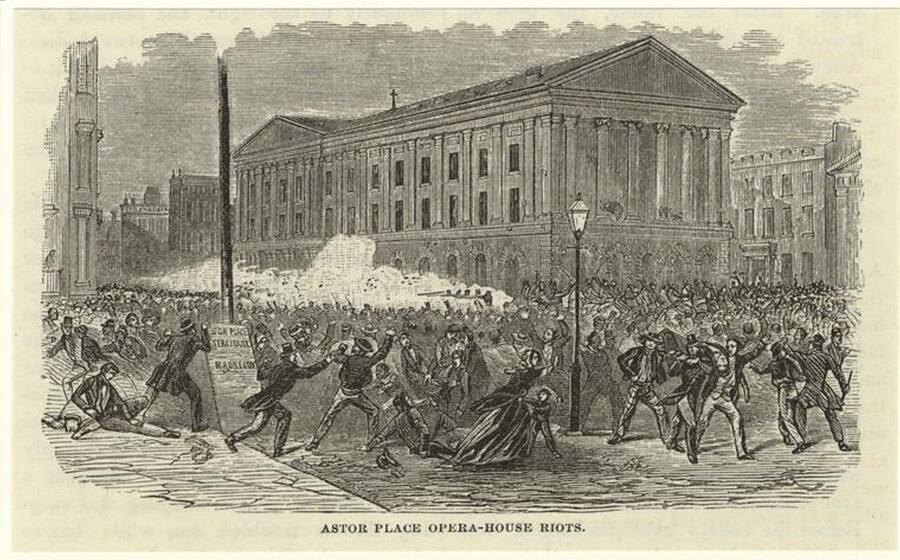
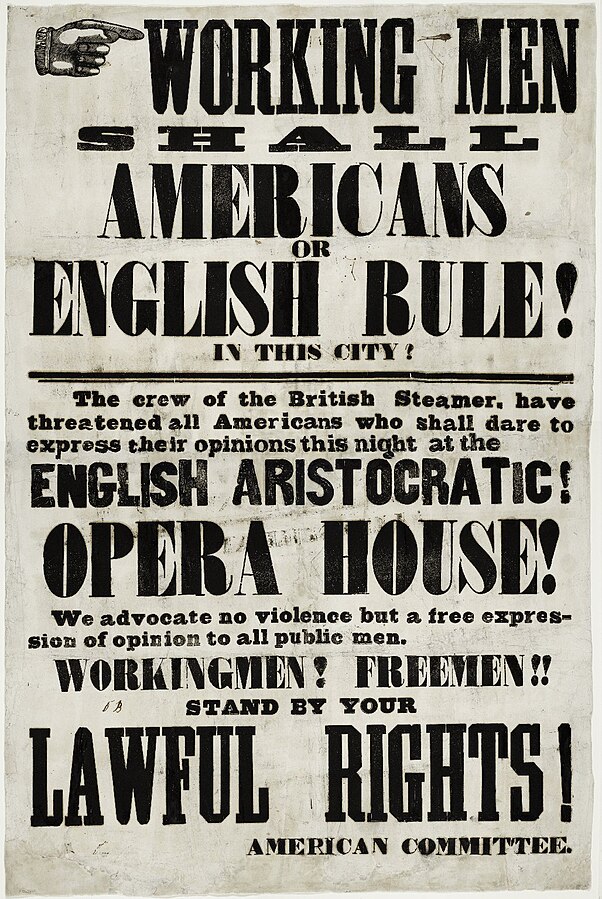
On May 10, a crowd of 10,000 people gathered outside the Astor Opera House in New York City to protest a production of Macbeth, starring English actor William Macready. Macready, known for his intellectual acting style, had been harassed by American actor Edwin Forrest throughout his U.S. tour, with Forrest intentionally planning parallel productions of Othello, Hamlet, and Macbeth on the same nights and in the same cities as Macready. Forrest, a popular and muscular actor known for his brashness and bawdy acting style, believed that Macready had slighted him by hissing at one of Forrest’s performances in England. Forrest’s fans increasingly saw this actors’ feud as a referendum on the cultural independence of the United States, and grew increasingly belligerent over the course of Macready’s tour, throwing half a sheep carcass on the stage during one of Macready’s performances of Hamlet in Philadelphia. On May 7, the opening night of Macready’s Macbeth in New York, Forrest’s fans bought hundreds of tickets, covered the Astor Opera House stage in rotten food, and ripped up the theatre’s seats before throwing them onstage. Macready was persuaded to stay in New York by 47 aristocratic New Yorkers, including Herman Melville and Washington Irving. When Macready retook the stage three days later, Mayor Caleb Woodhull requested the assistance of the National Guard as well as the New York Police Department in anticipation of continued protests. 350 members of the Seventh Regiment and 100 police officers were stationed outside the theatre. Protestors began throwing rocks at the Astor Opera House. A few of them reportedly tried to set the theatre on fire, at which point the National Guard fired multiple times into the crowd, killing somewhere between 22 and 30 people. At least six of those who died were under the age of 20.
1884 (140 years ago)
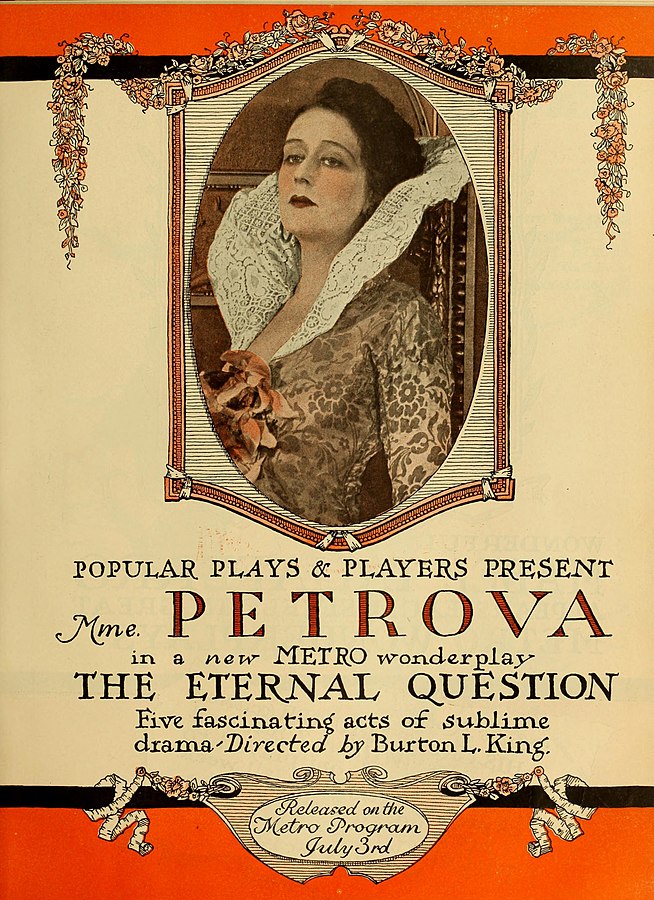
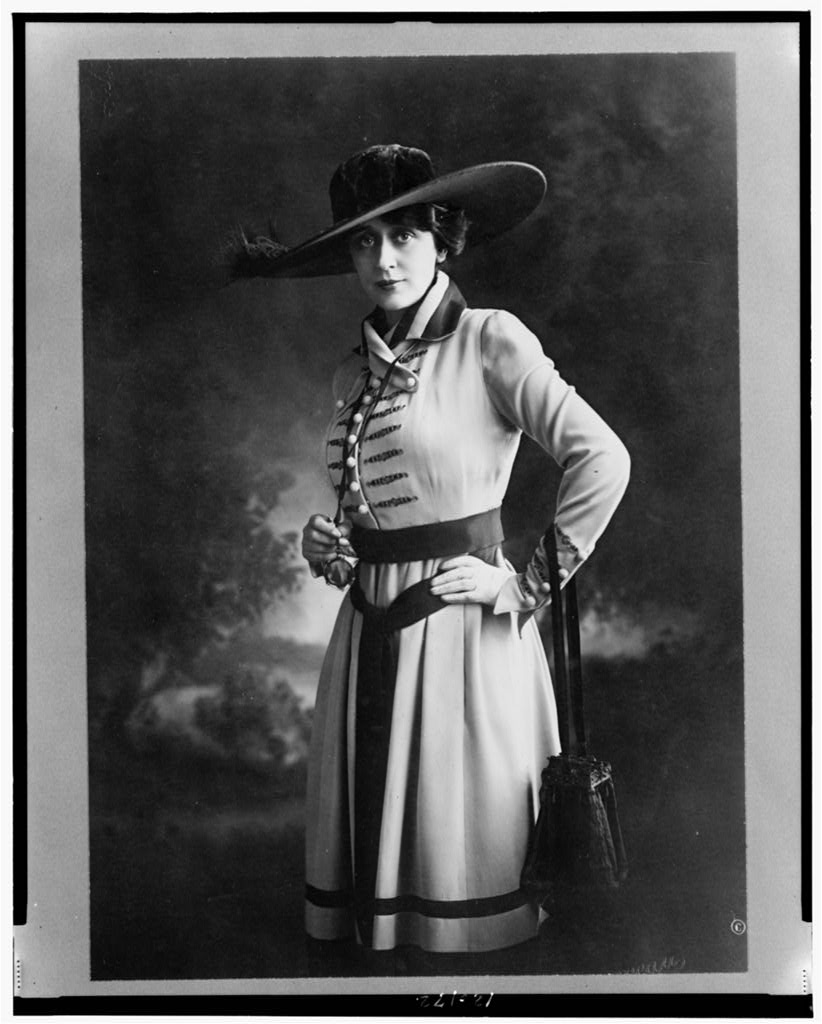
Olga Petrova (originally Muriel Harding) was born on May 10. The British actress, who changed her name and claimed throughout her life to have been born in Poland, moved to the United States and began performing on Broadway in 1911 in The Quaker Girl. Her success in that show led to a three-year career in vaudeville, before she starred in 26 silent films between 1914 and 1918. Her last four films were produced by the Petrova Picture Company, which she founded and owned. She returned to the stage in 1919 as an actress and a playwright, commanding roles and productions that directly or indirectly addressed issues of women’s rights. “These rights I voiced through various channels,” she wrote to historian Anthony Slide, “including my stories, plays and so on. I merely put them in the mouths of fictional characters.” Her writing, declared “obscene” by vaudeville mogul E.F. Albee in 1919, strayed from her family-friendly vaudeville persona. “To a Child That Enquires,” a 1919 poem, addressed sexuality; the 1923 play Hurricane dealt with birth control, and 1927’s What Do We Know? depicted spiritualism. In addition to being an actress and playwright, Petrova was very successful as a producer, according to The New York Times, which claimed that Petrova “most emphatically knows her way about the business side of the theatre” in 1923.
1924 (100 years ago)
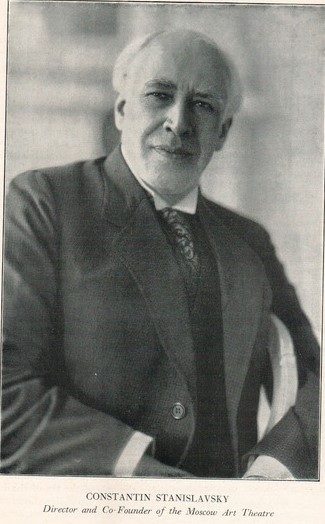
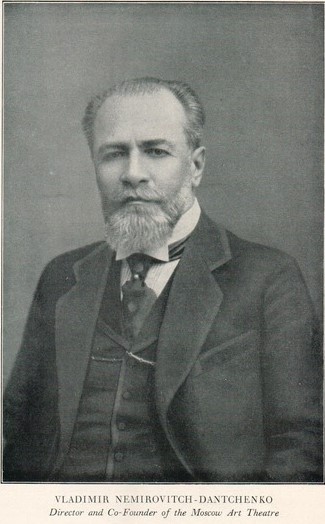
On May 24, the Moscow Art Theatre (MAT), led by Konstantin Stanislavsky and Vladimir Nemirovitch-Dantchenko, concluded its second tour of the U.S. in two years. The two tours (1923-1924) represented a breakthrough in exposure of the techniques of Russian theatre and the acting training system of Stanislavsky to American artists and audiences. During the first tour, Stanislavksy wrote a letter to a colleague in Russia, marveling, “We never had such a success in Moscow or anywhere else…just to give you an idea at what an embryonic state stage art is here, and how eagerly they snatched up everything good that is brought to America.” The success of the MAT tours consolidated the impression that Russian actors were experts in portraying characters realistically, and several MAT artists, including actress Maria Ouspenskaya and director Leo Bulgakov, remained in the U.S. following the tours and began performing and teaching acting using Stanislavky’s system. Prior to the 1923-24 tours, acting training programs in the United States were aware of the development of acting techniques in Russia, but there were deeply varied approaches to how connected the emotions of an actor should be to the emotions of the character they were portraying. The MAT tours helped pave the way for the eventual domination of Stanislavky’s acting system in the United States in the middle of the 20th century.
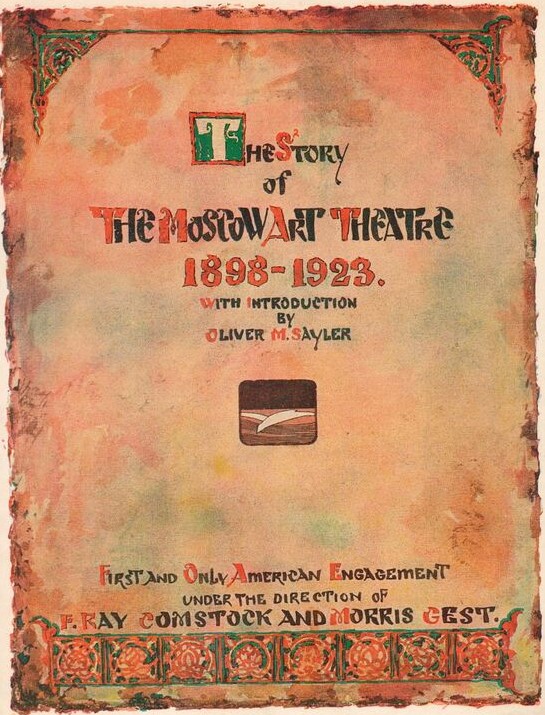
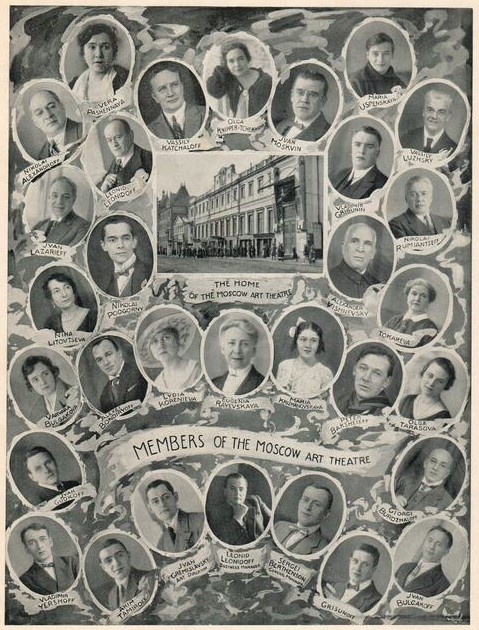
1974 (50 years ago)
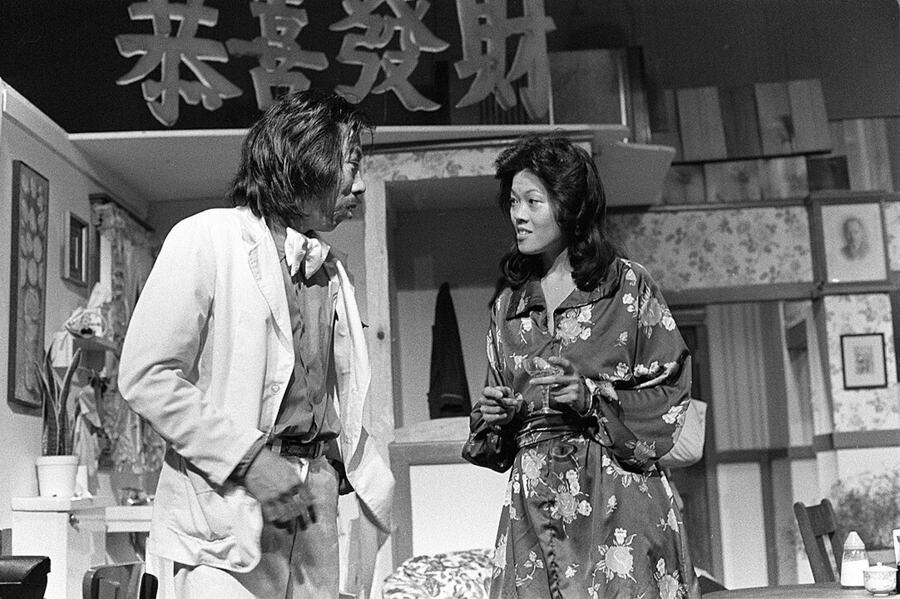
On May 24, The Year of the Dragon by Frank Chin premiered at the American Place Theatre in New York City. Set in San Francisco’s Chinatown district, the play revolves around Fred Eng, a professional guide who feels trapped in the walls of an Orientalist fantasy as he shows mostly white tourists around his neighborhood. Chin described Eng, a Chinese-American, as “a Chinaman, playing a white man playing Chinese…a minstrel show.” Despite Eng’s desire to become an artist, his family’s racial self-loathing ultimately traps him under the weight of white stereotypes. “When they die,” Chin commented in 1972, “no one will know that it was not us that created a game preserve for Chinese and called it ‘Chinatown.’” The Year of the Dragon was generally well-received, with critic Genny Lim writing in the Chinese American weekly newspaper East/West that the conflict was so gripping and realistic that “we are, oftentimes, tempted to watch with our faces averted.” In 1975, The Year of the Dragon was also broadcast as part of the PBS’s Great Performances series, starring George Takei. When The Year of the Dragon was officially published alongside Chin’s The Chickencoop Chinaman, the collection won the 1982 American Book Award. A scathing critique of American racism, assimilation, and cultural tourism, Chin’s work is part of what historian Esther Kim Lee calls the “first wave” of playwrights who pioneered Asian American drama.
1984 (40 years ago)
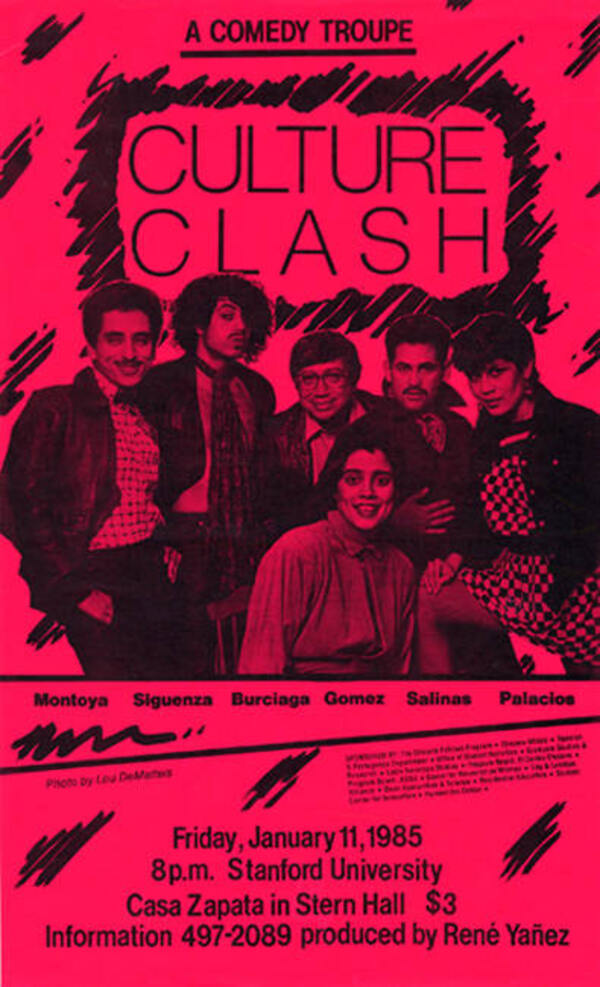
Latino Cultural Heritage Digital Archives)
On May 5, thanks to the leadership of painter and performance artist René Yáñez at the Galeria de la Raza, a six-member Chicano/Latinx performance troupe called Culture Clash was formed in San Francisco, California. Founded by Yáñez and actor/writers Richard Montoya, Ric Salinas, Herbert Sigüenza, José Antonio Burciaga, Marga Gómez, and Monica Palacios, the group performed cabaret and comedy-style acts throughout the United States. By 1988, Culture Clash began producing full-length plays, such as The Mission (1988), an original work that dealt with the oppression faced by California’s Indigenous people at the hands of Spanish missionaries. In 1989, following a shooting that left Salinas with injuries in his neck, chest, and abdomen, Culture Clash created A Bowl of Beings, a play about Chicano life and culture that enjoyed a six-month run at the Los Angeles Theatre Center and was eventually adapted for a 1992 episode of PBS’s Great Performances series. Culture Clash went on to produce community-based, site-specific plays documenting the cultural lives of different neighborhoods in various cities, including Miami (1994), San Diego/Tijuana (1998), New York (1999), San Francisco (2001), and Washington, D.C. (2002). Culture Clash’s performances incorporate spoken word poetry, comedic impersonations, music, and dance through a Chicano lens. Performance artist and scholar Guillermo Gómez-Peña describes Culture Clash’s performances as “reverse anthropology.” Culture Clash remains active today, touring the country with three original members, Montoya, Salinas, and Sigüenza. Their work has been published in two volumes: Culture Clash: Life, Death, and Revolutionary Comedy (1998) and Culture Clash in AmeriCCa: Four Plays (2003).
2004 (20 years ago)
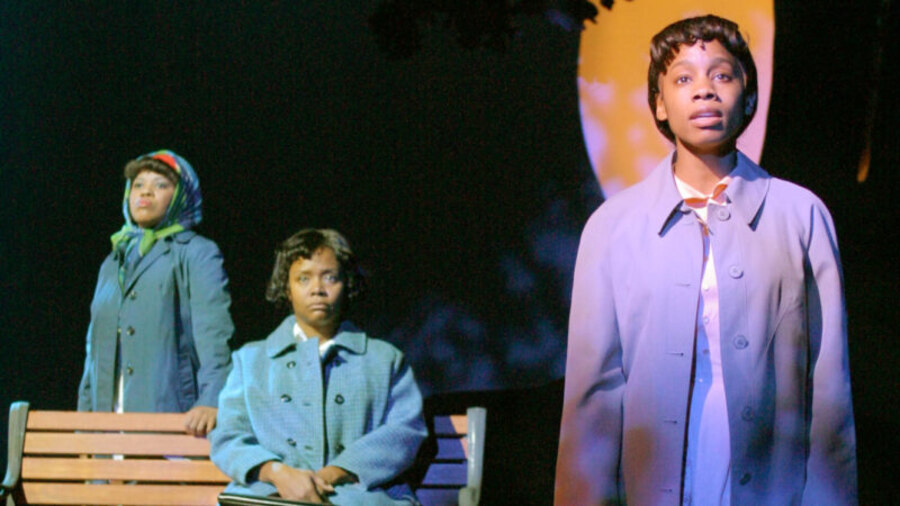
Caroline, or Change, a musical directed by George C. Wolfe with music by Jeanine Tesori and book and lyrics by Tony Kushner, opened on Broadway at the Eugene O’Neill Theatre on May 2. Caroline, or Change earned Tony Award nominations for Kushner, Tesori, Wolfe, and star Tonya Pinkins, and garnered a Tony Award for Anika Noni Rose for Best Performance by a Featured Actress in a musical. Set in Lake Charles, La., in 1963, Caroline, or Change focuses on Caroline Thibodeaux, a 39-year-old Black maid and single mother who works for a Jewish family. While the original production ran for less than four months (22 previews and 136 performances), the show was critically beloved for its expansive score, virtuosic performances, and politically complex book exploring the interconnectedness of the South, Jewishness, racism, and the legacies of the Civil War and the Civil Rights movement. Kushner, who grew up in Lake Charles, drew several components of the musical from his childhood. Set almost entirely to music, the musical premiered in London in 2006 and a critically acclaimed revival, starring Sharon D. Clarke, opened on Broadway in 2021. In a 2017 interview with The New York Times, Kushner claimed, “Of anything I’ve ever done, I’m proudest of Caroline, or Change.” Critic Helen Shaw wrote in Vulture in 2021 that the show was a “candidate for the century’s greatest piece of musical theatre.”


